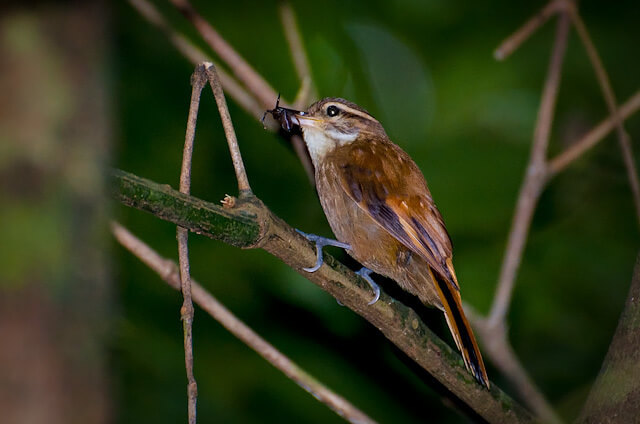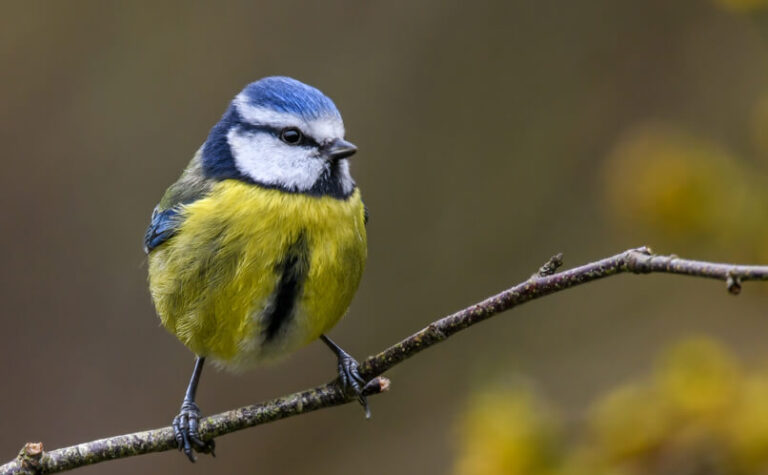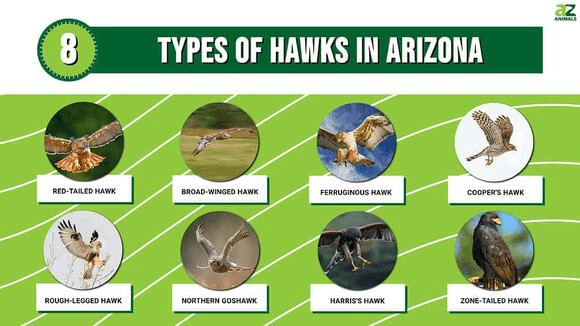Xenops: An In-Depth Exploration
Xenops refers to a small group of birds native to Central and South America, and they belong to the Furnariidae family, which also includes woodcreepers. The Plain Xenops (Xenops minutus) is the most recognised species, though several species exist.
Contents
Scientific Classification
- Kingdom: Animalia
- Phylum: Chordata
- Class: Aves
- Order: Passeriformes
- Family: Furnariidae
- Genus: Xenops
- Species: Xenops minutes (the most common species)
Physical Characteristics
Xenops birds are tiny and often resemble wrens or creepers in appearance:
- Size: Typically between 11 to 12 cm (4.3 to 4.7 inches) long.
- Weight: Around 10 to 12 grams.
- Coloration: These birds display a blend of brown, olive, and grey feathers with a slightly streaked or speckled pattern, providing camouflage within their forested habitats. The belly is usually lighter, ranging from yellowish to pale grey.
- Beak: They have a short, slightly upturned bill, perfect for prying insects from bark or dead wood.
- Tail: Short and stiff, which helps them maintain balance while climbing tree trunks.
Habitat
Xenops are primarily found in tropical and subtropical regions of Central and South America. Their range stretches from southern Mexico through countries such as Costa Rica, Panama, Colombia, Ecuador, Brazil, and parts of the Amazon basin.
- Preferred Habitat: Lowland forests, moist tropical rainforests, and cloud forests. Depending on food availability, they are commonly seen in the mid-level to upper canopy but can also venture to lower parts of the forest.
- Elevation Range: Xenops species are typically found at elevations ranging from sea level to 2,000 meters.
Behavior
- Foraging: Xenops birds are excellent climbers, often seen creeping along tree trunks or branches in search of insects. They adopt a behavior similar to woodpeckers, moving quickly and using their stiff tails for support.
- Movement: They are very active, constantly hopping and flitting while searching for food.
- Vocalizations: Xenops birds are known for their sharp, high-pitched calls, which they use to communicate in the dense forest.
Diet
Xenops are primarily insectivorous, relying on specialized bills to extract food from bark and dead wood. Their diet includes:
- Insects: Beetles, ants, termites, and their larvae.
- Occasional plant matter: Though primarily insect-eaters, they may consume small seeds or fruit on rare occasions, especially when insect availability decreases.
They often forage in mixed-species flocks, taking advantage of the activity stirred up by other birds to find hidden prey.
Reproduction
- Nesting: Xenops typically nest in cavities, either natural tree hollows or sometimes even abandoned woodpecker holes. They may also excavate soft decaying wood to create their nests.
- Clutch Size: Females lay between 2 to 3 white eggs.
- Parental Care: Both parents incubate the eggs and feed the chicks once they hatch. The young Xenops leave the nest around two weeks after hatching, fully fledged and ready to explore the forest.
Predators
Due to their small size, Xenops have a variety of natural predators, including:
- Birds of Prey: Hawks and owls may target them, especially while they forage in exposed areas.
- Snakes: Tree-dwelling snakes are a significant threat to their eggs and chicks in the nest.
- Small Mammals: Squirrels and other small mammals occasionally raid their nests for eggs.
Conservation Status
The IUCN currently lists the Plain Xenops (Xenops minutus) as a species of “Least Concern,” which means they are not currently facing a significant risk of extinction. However, habitat destruction, particularly the deforestation of tropical rainforests, poses a long-term threat to their population.
Interesting Facts
- Feeding Similarities to Woodpeckers: Xenops species, despite their small size and unrelated family, exhibit similar feeding behaviors to woodpeckers, often hammering into dead wood to extract insects.
- Mixed-Species Flocks: They commonly travel with other small birds, such as tanagers and warblers, which helps them increase foraging efficiency and reduce predation risk.
- Rarely Noticed: Due to their camouflaging feathers and quiet nature, Xenops are often overlooked in the dense forest, making them a challenge to observe for birdwatchers.
Evolutionary History
Xenops birds belong to the large Furnariidae family, an evolutionary lineage adapted to diverse ecological niches across the Neotropics. They are closely related to woodcreepers and ovenbirds, sharing common ancestors that evolved to exploit different feeding and habitat niches. The evolution of Xenops likely involved specialization in insect foraging in tree trunks and dense forest environments, contributing to their unique behaviors.
Relationship with Humans
Xenops are not well-known to the general public, primarily due to their reclusive nature and the dense, often inaccessible habitats they prefer. However, birdwatchers and ornithologists appreciate these small birds for their intricate behaviors and vital ecological role in pest control within the forest. Additionally, their presence is a good indicator of healthy, undisturbed forest ecosystems.
Conclusion
The Xenops, though small and elusive, play an essential role in tropical ecosystems, keeping insect populations in check and contributing to the intricate web of life within the forest. With a fascinating evolutionary history, specialized behaviours, and a unique appearance, these birds are a perfect example of the biodiversity in Central and South America’s rainforests. While their current conservation status is stable, continued efforts to preserve tropical habitats will be critical for ensuring the survival of these captivating little creatures for generations to come.
- Are Rottweilers Good With Kids? Reasons & Training Tips - 17 September 2025
- How Long Are Dogs Pregnant: Complete Guide - 16 September 2025
- German Shepherd Doberman Mix: Info, Pictures, Care & More - 11 September 2025







